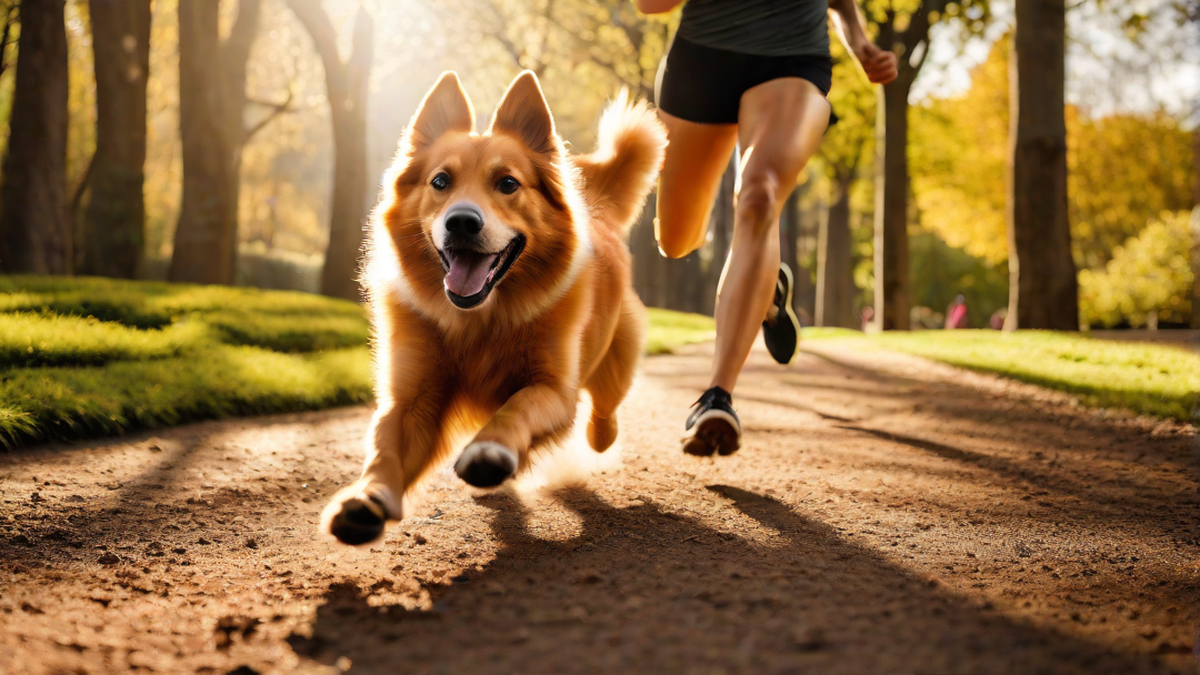Running is not only a popular physical activity for humans, but it can also be a great form of exercise for our furry friends. Owning a dog comes with the responsibility of providing them with regular exercise, and running can be an excellent way to keep them fit and healthy. As a dog owner and running enthusiast myself, I can personally attest to the many benefits that running can have for our canine companions.
The Physical Benefits
Just like humans, dogs need regular exercise to maintain a healthy weight and prevent obesity-related health issues. Running provides a full-body workout, engaging their muscles, cardiovascular system, and promoting overall fitness. Regular running can help to improve their endurance, strength, and agility.
Running is also a great way to burn off excess energy, especially for high-energy breeds. It can help to minimize behavioral problems that can arise from a lack of exercise and mental stimulation. When dogs have an outlet for their energy, they are often more content, relaxed, and less likely to engage in destructive behaviors.
One important factor to consider before starting a running routine with your dog is their age and physical condition. Puppies under one year of age have developing bones and joints and should avoid high-impact activities like running. It’s always best to consult with your veterinarian to determine if your dog is physically ready to begin a running program.
Mental Stimulation
While running provides physical benefits, it is also a mentally stimulating activity for dogs. Exploring new environments, encountering different smells, and encountering other humans and animals can all contribute to their mental well-being. Running can help alleviate boredom and prevent behavioral issues that can arise from a lack of mental stimulation.
Tips for Running with Your Dog
Before hitting the pavement with your furry companion, keep the following tips in mind:
- Start slow: Just like humans, dogs need to build up their endurance gradually. Start with shorter distances and gradually increase the intensity and duration of your runs.
- Consider the weather: Dogs are susceptible to heat stroke, so it’s important to avoid running during the hottest part of the day. On hot days, opt for early morning or late evening runs when temperatures are cooler.
- Keep your dog hydrated: Bring water for both you and your dog on your runs. Dogs can quickly become dehydrated, especially on longer runs or in warmer weather.
- Use proper equipment: Invest in a sturdy leash and a comfortable harness or collar for your dog. This will ensure their safety and control during the run.
- Watch for signs of fatigue or distress: Pay attention to your dog’s body language and monitor for signs of fatigue, such as excessive panting or lagging behind. If your dog seems tired or uncomfortable, take a break or shorten the run.
Conclusion
Running can be an excellent form of exercise for dogs, providing them with both physical and mental stimulation. However, it’s important to consider your dog’s age, physical condition, and individual needs before starting a running routine. Always consult with your veterinarian and take necessary precautions to ensure a safe and enjoyable running experience for both you and your furry friend.

